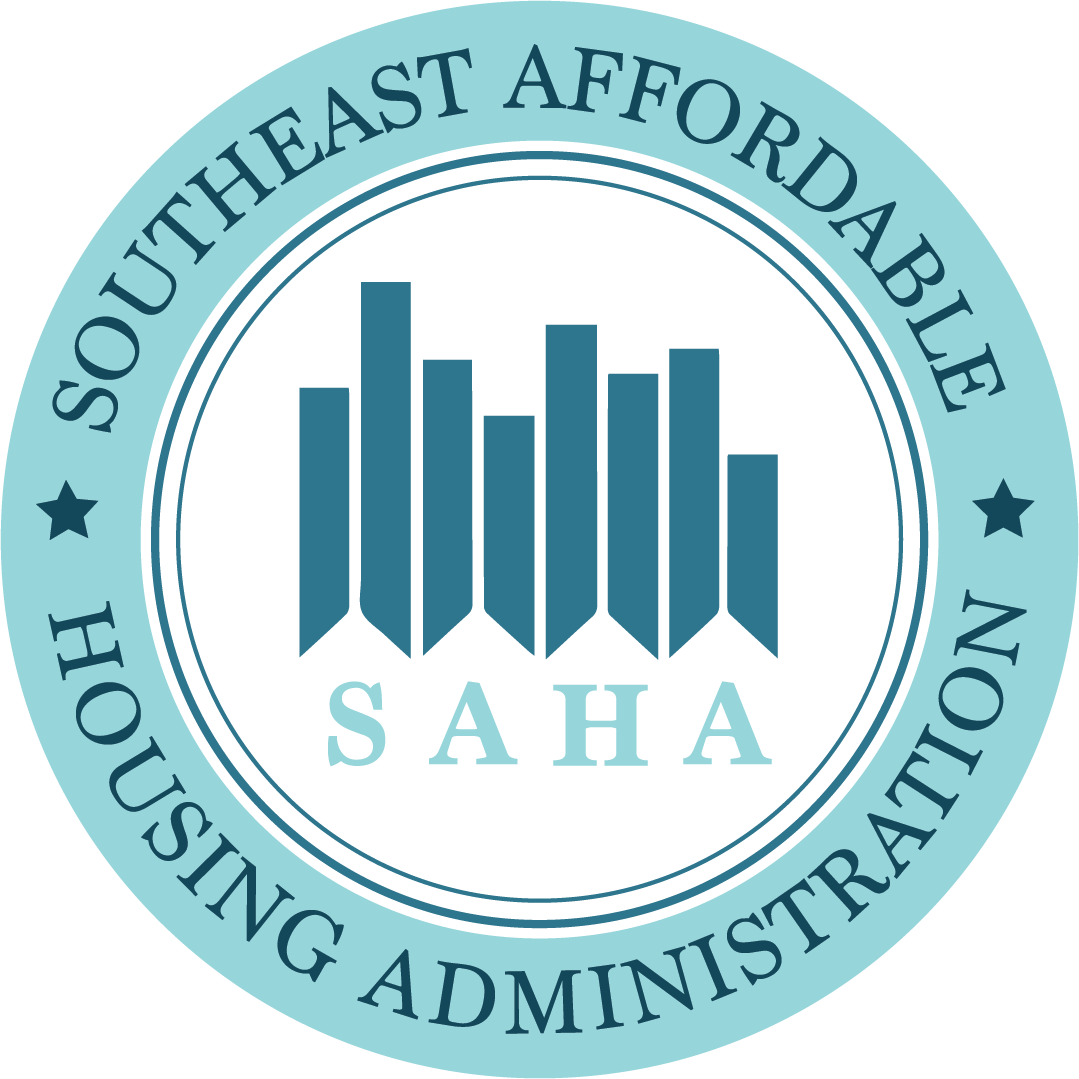UNDERSTANDING KEY TERMS IN AFFORDABLE HOUSING
Navigating the world of affordable housing can be complex, with many specific terms and concepts that are essential to understanding the field. Whether you're a tenant, a property owner, or simply interested in housing issues, knowing these key terms can provide valuable insights. Here, we break down some of the most important terms in affordable housing:
Affordable Housing
Housing that is financially feasible for individuals or families with low to moderate incomes. Typically, housing is considered affordable if it costs less than 30% of a household's gross income, including utilities.
Area Median Income (AMI)
The midpoint income for a specific geographic area. Half of the households earn more, and half earn less. It's often used to determine eligibility for affordable housing programs.
Subsidized Housing
Housing for which the government provides financial assistance, typically in the form of rent subsidies, to reduce the cost for eligible residents.
Public Housing
Housing units owned and operated by a government agency, usually intended for low-income residents at rents they can afford.
Housing Voucher (Section 8)
A government-funded program that provides rental assistance to eligible individuals and families, allowing them to rent in the private market.
Low-Income Housing Tax Credit (LIHTC)
A tax incentive for developers to create affordable housing. In exchange for tax credits, developers agree to set rents at affordable levels for a specified period.
Inclusionary Zoning
A policy that requires a certain percentage of new construction to be affordable for low and moderate-income households.
Rent Control
Government-imposed limits on the amount a landlord can charge for rent and how much they can increase the rent.
Rent Stabilization
A policy that limits how much landlords can increase rent for existing tenants.
Workforce Housing
Housing intended for households with earned income that is insufficient to secure quality housing in reasonable proximity to the workplace.
Mixed-Income Housing
Developments that include both market-rate and affordable housing units.
Gentrification
The process of neighborhood change resulting in the replacement of lower-income residents with higher-income ones, often accompanied by increased property values.
Displacement
The forced movement of residents, often due to economic pressures such as rising rents or property values.
Housing First
An approach to addressing homelessness by providing individuals with stable housing without preconditions, such as sobriety or employment.
Permanent Supportive Housing
Long-term housing combined with supportive services for individuals with disabilities or other challenges.
Understanding these key terms is crucial for anyone involved or interested in affordable housing. They not only help in grasping the concepts but also in navigating the policies and programs designed to support housing affordability and stability. At SAHA, we are committed to expanding access to affordable housing and creating sustainable communities where residents can thrive.


